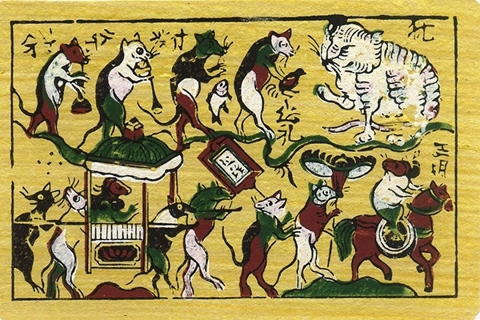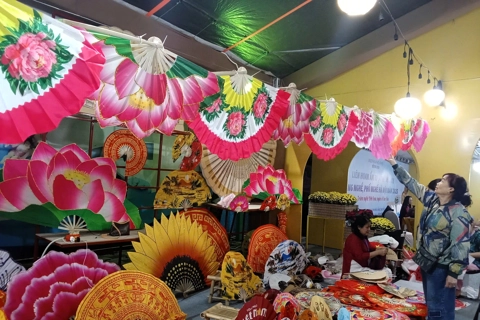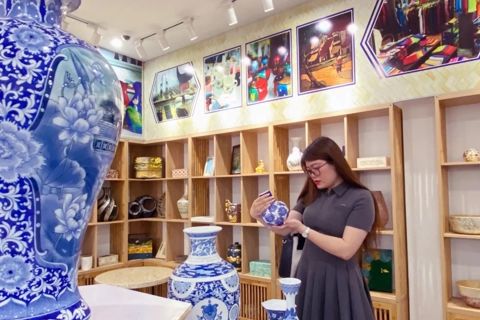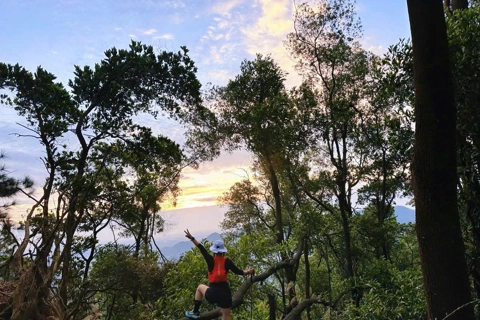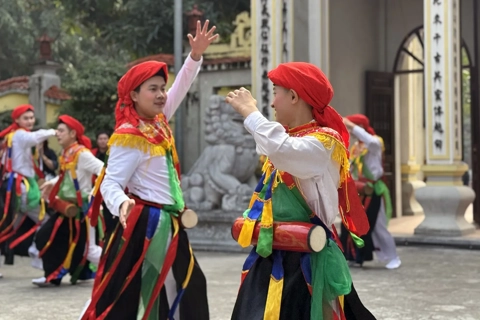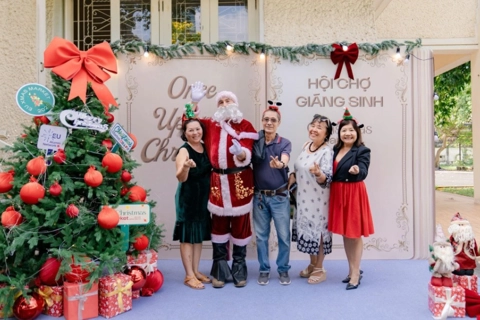Three more archaeological sites in Hanoi declared city-level relics
The sites boast significant historical value and offer comprehensive evidence of the earliest known human presence in the Hanoi area.
THE HANOI TIMES — Hanoi, where tradition meets modernity, has recently recognized three remarkable sites as city-level relics, offering visitors deeper insight into the capital’s timeless heritage.
Newly recognized relics
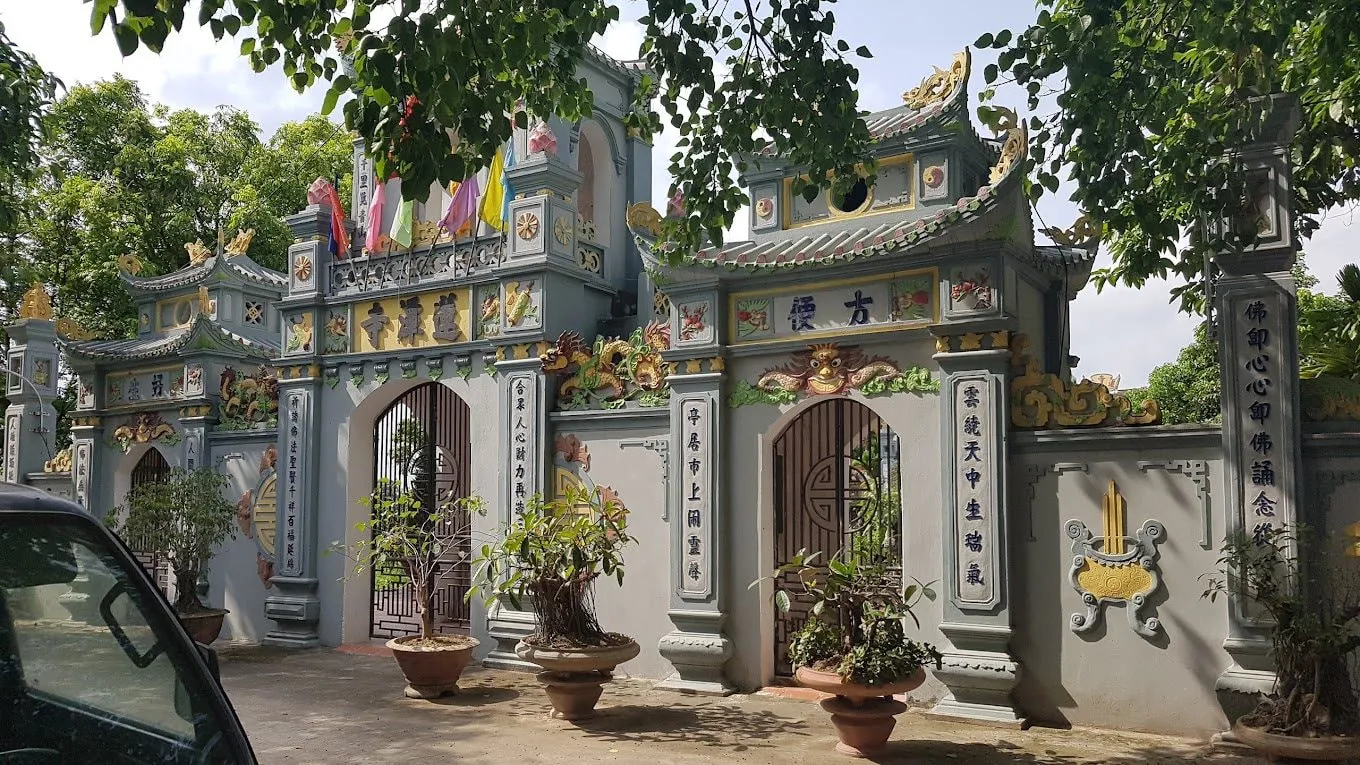
The Van Dinh Pagoda of Ung Thien Palace in Van Dinh Town, Hoai Duc District, Hanoi. Photo: Nguoi Ha Noi
Tucked away in the peaceful countryside of Hoai Duc, Dong Gia Pagoda, also known as Thien Phuc Thien Tu, invites travelers into a serene world of spiritual tradition, showcasing classic Northern Delta architecture. Inside, sacred relics, including antique Buddha statues, lacquered carving boards, and calligraphic couplets, speak to generations of faith and cultural richness carefully preserved behind its gates..
Ung Thien Palace in Van Dinh Town, Hoai Duc District, is a vibrant symbol of folk belief and local identity, dedicated to Boi Saint, a guardian spirit. With its ceremonial gate, worship hall, and inner sanctuary, the palace holds deep spiritual significance.
Year-round festivals make it a center for Vietnamese rituals and community celebrations.
Meanwhile, Vuon Chuoi (Banana Garden) in Kim Chung Commune, Hoai Duc District, is an important archaeological site from the pre-Dong Son to Dong Son periods. Excavations have uncovered thousands of stone, bronze, and ceramic artifacts, along with burial traces. These findings help clarify ancient Hanoi’s residential history and cultural development.
Early traces of Hanoi residents
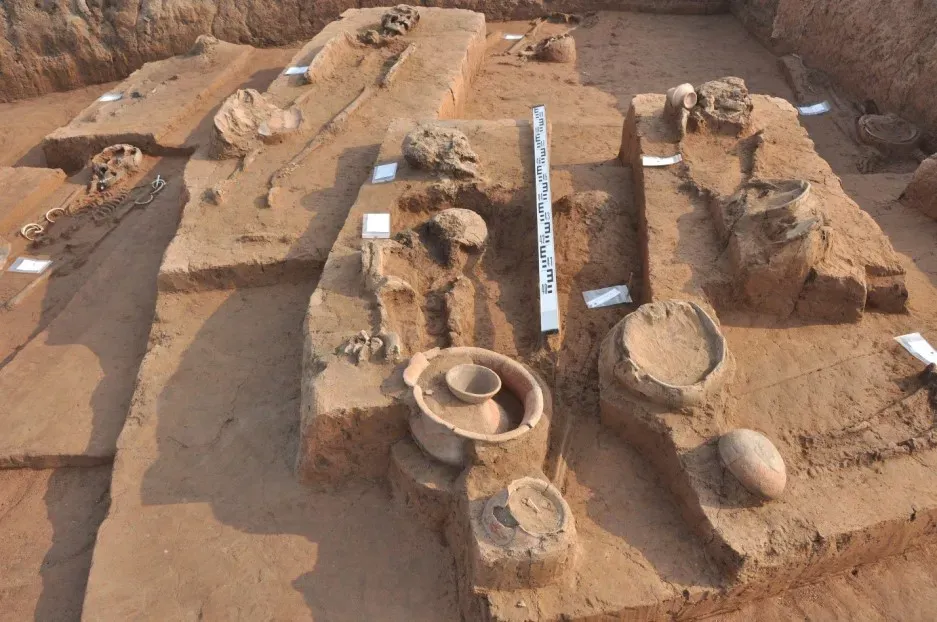
The Vuon Chuoi archaeological site is of significant historical value, offering comprehensive evidence of the earliest known human presence in the Hanoi area. Photo: Institute of Archaeology
The Vuon Chuoi archaeological site holds particular importance due to its exceptional historical value. With a history stretching back over 2,000 years, the site provides comprehensive evidence of early human presence in what is now Hanoi.
It is one of the most significant Bronze Age settlements in northern Vietnam, being both a residential and burial site dating from the Pre-Dong Son to Dong Son periods (approximately 4,000–2,000 BC). Archaeologists have confirmed that the findings at Vuon Chuoi are vital proof of early human settlement in the capital area.
During the March 19, 2024 excavation, valuable artifacts were unearthed, including remains with bracelets on both arms and funerary customs such as ceramic and bronze burials and upper front tooth extraction. These sites, often targeted by grave robbers, offer insight into the spiritual and cultural practices of the time.
The remains, which date from different phases, are remarkably well-preserved. They open avenues for in-depth research into the anthropology, genetics, pathology, migration, and dietary habits of ancient Vietnamese communities during the Bronze Age in northern Vietnam.
The excavation revealed remnants of foundries, fireplaces, and other living facilities. A diverse range of artifacts spanning various historical periods from the late Phung Nguyen (3,000 BCE) to the late Dong Son (2,000 BCE) was excavated, including objects made of stone, bronze, ceramic, wood, and iron.
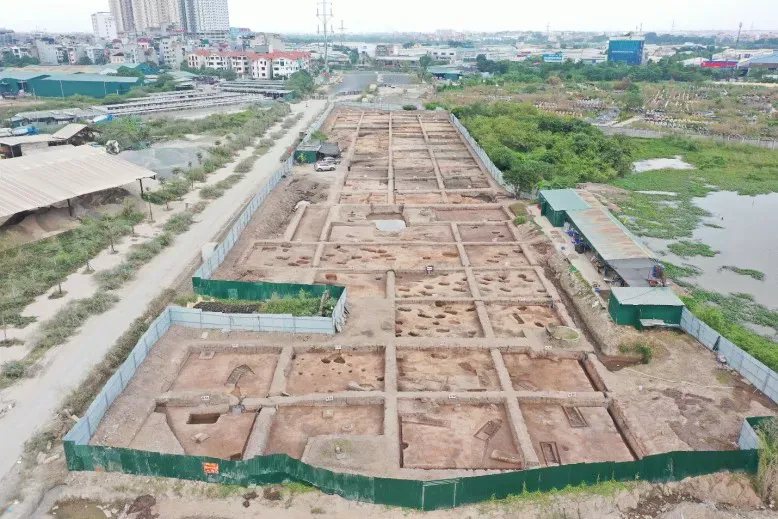
The Vuon Chuoi archaeological site sits on 12,000 square meters of land in Kim Chung Commune, Hoai Duc District, Hanoi. Photo: Institute of Archaeology
Among these artifacts, approximately 10 tons of broken pottery have been preserved in storage, while several clusters of burial pottery remain intact at the excavation site.
According to the late Dr. Nguyen Lan Cuong, former General Secretary of the Vietnam Archaeological Association, the Vuon Chuoi excavation is one of the largest, with the highest number of artifacts and remains, conducted since 2001.
Following the relic designation, the People’s Committees of the Hoai Duc and Ung Hoa districts are responsible for announcing the protected boundaries of the relics, compiling records of boundary markers, and installing markers by their administrative authority and regulatory guidelines.
All activities related to construction and resource exploitation within the designated relic zones and protected areas are strictly prohibited. In exceptional cases where land use or construction is deemed necessary, prior approval must be obtained from the Hanoi People’s Committee.
The municipal People’s Committee has assigned the Department of Culture and Sports, the Hoai Duc and Ung Hoa district People’s Committees, and the relevant commune and town People’s Committees to manage the relics following their jurisdiction and the provisions of the Law on Cultural Heritage.





